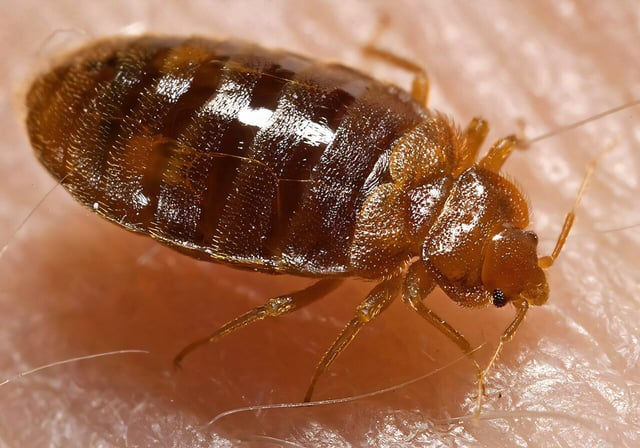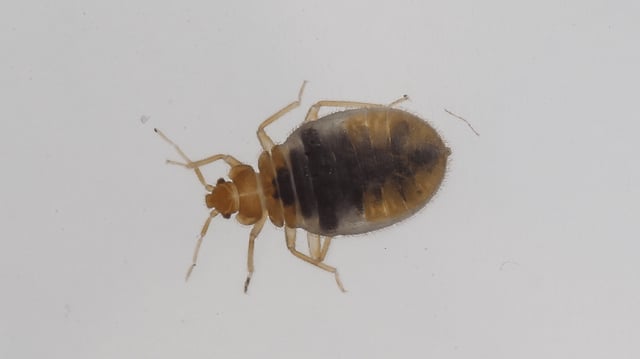Overview
- Scientists compared whole genomes of bat- and human-associated bedbug lineages to reconstruct demographic shifts over the past 245,000 years.
- The human-associated lineage diverged from bat hosts around 245,000 years ago and underwent population booms about 13,000 and 7,000 years ago coinciding with the rise of the first settlements and cities.
- Bat-associated bedbug populations declined through the Last Glacial Maximum and have not recovered, whereas human-associated bedbugs rebounded dramatically as urban centers expanded.
- Virginia Tech researchers Warren Booth and Lindsay Miles report that the insects’ genetic patterns closely mirror global human expansion, supporting their status as the first true urban pest species.
- The findings offer a framework for predictive models of pest and disease spread and highlight recent discoveries of gene mutations linked to DDT resistance that could guide future control strategies.



